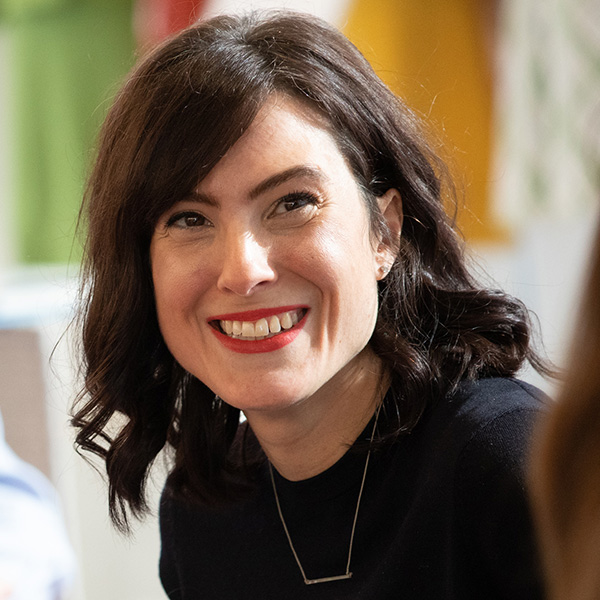The marketing industry might have a workaround for measuring audiences and capping ad frequency across digital and TV platforms without using cookies. But the technology is far from certain to be ready before tracking cookies are set to disappear next year, and now a test of new cookieless technology faces early pushback from TV networks fearful of further losing ground to digital media.

June 17, 2021 03:00 PM
Featured Stories
Ikea hires David and Alma following a fiercely contested US agency review
The WPP and Omnicom Group agencies will launch creative work for the retailer this fall.
Latest News
Staying current is easy with newsletters delivered straight to your inbox.
Staying current is easy with newsletters delivered straight to your inbox.










